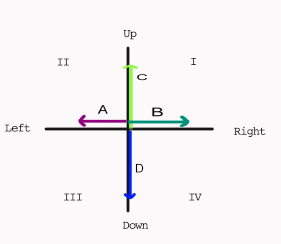The 21st Century understanding of atomic theory is very effective in helping explain and predict how substances interact. It is the result of a growing body of knowledge that dates back centuries.
Democritus
In the middle of the 5th Century BCE, Democritus proposed ideas that were correct in many ways. Democritus believed that all matter consisted of extremely small particles that could not be divided. He called these particles atoms from the greek word transliterated as atomos, which means "uncut" or "indivisible."
He thought there were different types of atoms with specific sets of properties for the different substances in creation. The atoms in liquids, for example, were round and smooth, but the atoms in solids were rough and prickly.
Though Democritus's ideas didn’t catch on, he was surprisingly accurate in his assumptions. Scientist of the 21st Century eventually concluded that many of Democritus’s ideas were correct, and they extended the understanding of atomic theory in stages that led to the current model.
John Dalton
Dalton proposed the theory that all matter is made up of individual particles called atoms, and in it, he identified several things that have lasted into the modern atomic theory:
- All elements are composed of atoms.
- All atoms of the same element have the same mass, and atoms of different elements have different masses.
- Compounds contain atoms of more than one element.
- In a particular compound, atoms of different elements always combine in the same ratios.
J. J Thompson
Thompson's experiments provided the first evidence that atoms are made of even smaller particles that have positive and negative charges.
Ernest Rutherford
Rutherford's model extended what was previously understood by identifying that atoms have a central, relatively dense (compared to the entire volume of an atom) nucleus around which electrons move.
Niels Bohr
- In Bohr's model, electrons move with constant speed in fixed orbitals around the nucleus.
- Electrons must orbit the nucleus in one of several fixed, specific orbits, and each orbit represents a specific energy level.
- The first orbital represents the lowest electron energy level, and the other orbitals represent progressively higher and higher energy levels.
Electron Cloud Model
- Evidence following Bohr's work led to the understanding that the electrons do not orbit the nucleus like a planet.
- While they do exist at specific energy levels and occupy orbitals, their position in the orbital is never 100% certain. They are somewhere in the orbital, but exactly where cannot be known specifically. Each orbital can be, therefore, conceived as an electron cloud.
The progression of Atomic Theory in the modern era took place in various steps and stages. The resulting body of understanding results in a model of atoms that is highly effective and useful in understanding and predicting the behavior of substances.



